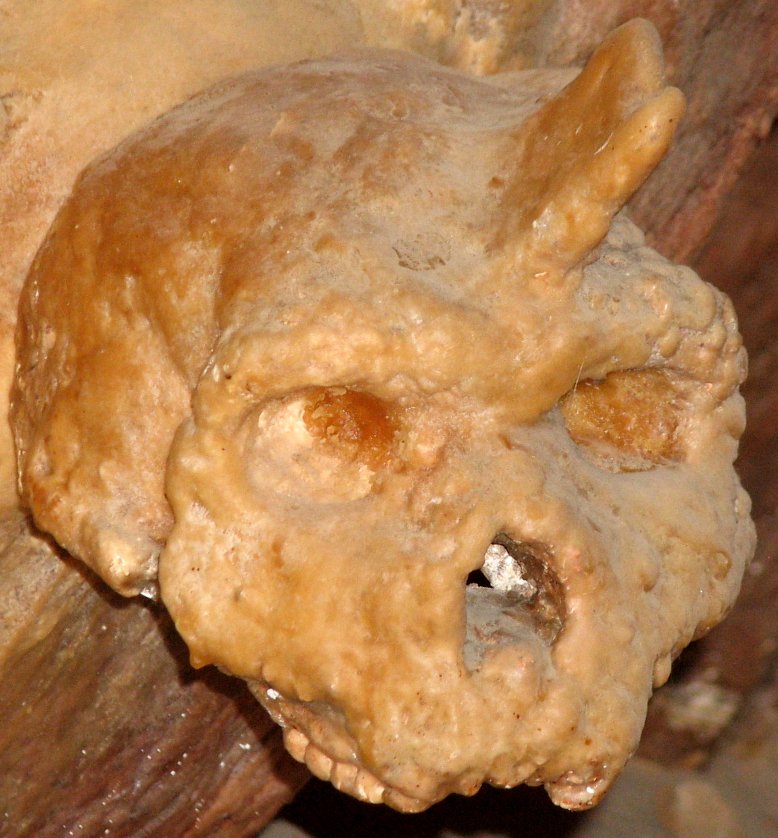Pantheon, Rome
From Wikipedia, the free encyclopedia
The Pantheon (/ˈpænθiən/ or US /ˈpænθiɒn/;[1] Latin: Pantheon,[nb 1] from Greek Πάνθειον Pantheion meaning "[temple] of every god") is a former Roman temple, now a church, in Rome, Italy, on the site of an earlier temple commissioned by Marcus Agrippa during the reign of Augustus (27 BC – 14 AD). The present building was completed by the emperor Hadrian and probably dedicated about 126 AD. He retained Agrippa's original inscription, which has confused its date of construction as the original Pantheon burnt down so it is not certain when the one now standing was built.[2] The building is circular with a portico of large granite Corinthian columns (eight in the first rank and two groups of four behind) under a pediment.
A rectangular vestibule links the porch to the rotunda, which is under a coffered concrete dome, with a central opening (oculus) to the sky. Almost two thousand years after it was built, the Pantheon's dome is still the world's largest unreinforced concrete dome.[3] The height to the oculus and the diameter of the interior circle are the same, 43.3 metres (142 ft).[4] It is one of the best-preserved of all Ancient Roman buildings, in large part because it has been in continuous use throughout its history, and since the 7th century, the Pantheon has been used as a church dedicated to "St. Mary and the Martyrs" (Latin: Santa Maria ad Martyres) but informally known as "Santa Maria Rotonda".[5] The square in front of the Pantheon is called Piazza della Rotonda.
The Pantheon is a state property, ruled by Italy's Ministry of Cultural Heritage and Activities and Tourism through the Polo Museale del Lazio; in 2013 it was visited by over 6 million people. Though the Pantheon's large circular domed cella, with a conventional temple portico front, is "unique" in Roman architecture, it was much the largest and most accessible complete classical temple front known to the Italian Renaissance, and was the standard exemplar when classical styles were revived. It has therefore been copied many times by modern architects.[6]
Πάνθεον (Ρώμη)
Από τη Βικιπαίδεια, την ελεύθερη εγκυκλοπαίδεια
Το Πάνθεον της Ρώμης είναι αρχαία θρησκευτική κατασκευή η οποία βρίσκεται στην Piazza della Rotonda (Ρώμη). Κατασκευάστηκε ύστερα από εντολή του Αγρίππα κατά τον 1ο αιώνα π.Χ. και υπέστη αρκετές καταστροφές από πυρκαγιές, με αποτέλεσμα να ανακατασκευαστεί πλήρως από τον Αδριανό στις αρχές του 2ου αιώνα μ.Χ. Αρχικά, το Πάνθεον ήταν ναός αφιερωμένος σε όλες τις θεότητες της Αρχαίας Ρώμης. Μετατράπηκε σε χριστιανική εκκλησία κατά τον 7ο αιώνα. Αποτελεί το μεγαλύτερο σε μέγεθος ρωμαϊκό μνημείο που να έχει διασωθεί έως σήμερα, σχεδόν άφθαρτο, λόγω της ασταμάτητης χρήσης του έως και σήμερα. Έχει δώσει την ονομασία του σε συνοικία της Ρώμης.
Η ονομασία του πάνθεον προέρχεται από το αρχαιοελληνικό επίθετο πάνθειον, το οποίο σημαίνει «όλων των θεών». Η πλειοψηφία των Ρωμαίων συγγραφέων το αναφέρουν με την ελληνική του ονομασία Πάνθεον. Η εκλατινισμένη εκδοχή του ονόματός του, Pantheum απαντάται στον Πλίνιο τον Πρεσβύτερο. Το Πάνθεον διέθετε τον μεγαλύτερο θόλο σε όλη την Αρχαιότητα (43,3 μέτρα διαμέτρου στο εσωτερικό του), ο οποίος και παραμένει έως σήμερα ο μεγαλύτερος από béton non-armé.
Έπειτα από σχεδόν δύο χιλιετίες, η αξιοσημείωτη αυτή κατασκευή δεν παρουσιάζει κανένα σημάδι κατάρρευσης, παρά τις αρκετές αφαιρέσεις τμημάτων της διακόσμησής του, καθώς και τις επαναλαμβανόμενες τελουρικές κινήσεις[1].









